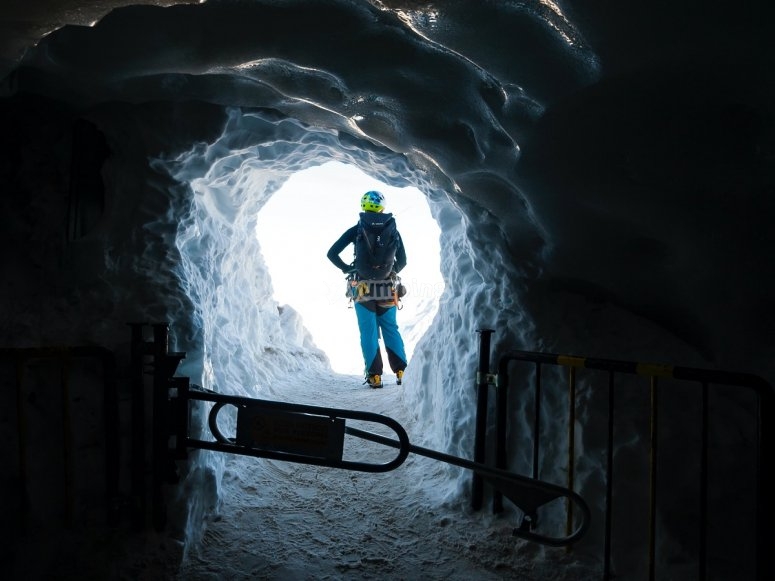
If you are thinking of doing a caving route for the first time, you should first get some information about everything that this sport entails, as it is not completely free of risks. But then again, you are going deep into a cave! What do you expect? However, nothing compares to the sensation of being truly and absolutely in the darkness.
The UK is full of caves to get into, whether they are natural caves, old mines, caverns, etc. Without a doubt, this is the best way to understand in person everything that this type of underground formation involves. But to do so, you must always be accompanied by an expert team that not only trains you on the subject but also guarantees your safety throughout the route, equipping you with specific materials and guiding you through everything you will have to do.
Like in any other sport, and even more if it's a risky one like spelunking, the first thing you should know is what your level of skill is and the physical shape you're in right now. Let experts give you advice on which cave is right for you and we will offer you all the options available in our country to practice speleology.

Not all caves are created equal
The different types of caving vary according to your knowledge of this pursuit. You should choose wisely when practising it because not everyone is prepared to go into a cave that has a specific level. The main difference between one cave and another lies in how each of them was formed, distinguished mainly between:
- Rock caves or also called karst caves, which are those that have been formed between the spaces left by fallen rocks.
- Lava tube or Tubular Cave, are those that have been created by the lava that has come from a volcanic vent.
- Epigenetic or Marine Caves. These have been formed due to the water that soaks into the ground, thus forming cavities.
- Hypogenetic caves: these are caves that form when water rises from under the rock and dissolves the rock, usually because the two waters have mixed.

More technicalities
But for the type of cave that a speleological beginner or an avid caving fan practices, this sport can be broadly divided into two types: by its horizontality or by its verticality.
- Vertical caving involves much more technicality. The most dexterous of speleologists here will abseil down walls to the depths of the cave, and climb back up using the single rope technique.
- In horizontal caving, one must crawl, bend and scramble through narrower spaces... Pure fun!

As for the rest? Leave the rest to enjoy and learn from the incredible formations you will find in the different galleries of the cave.
















